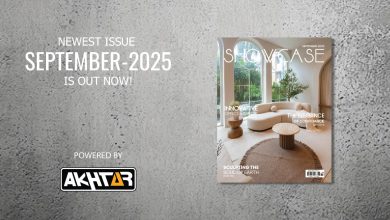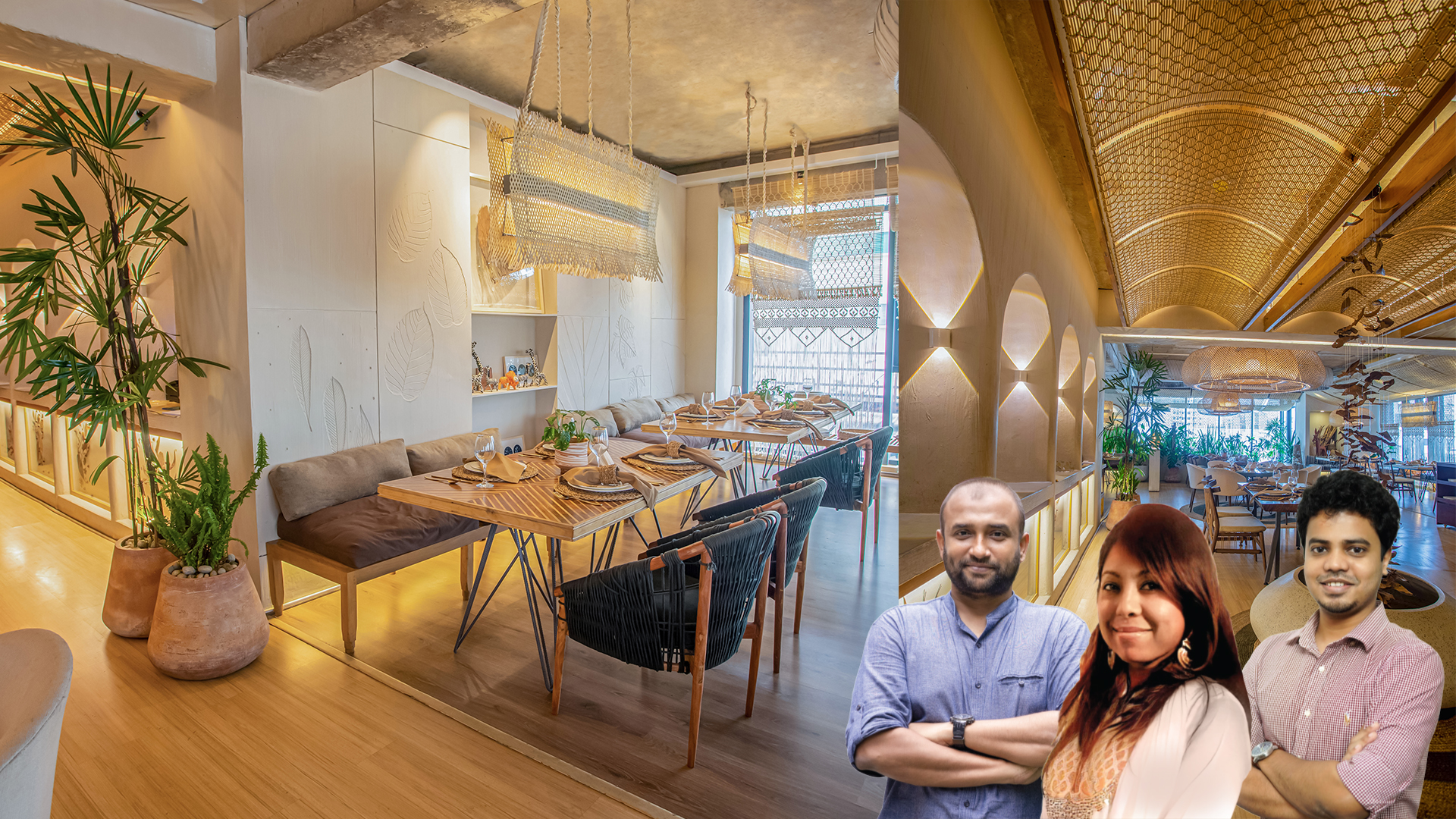
In the heart of Dhaka, where life moves fast and the streets buzz with energy, BOHO emerges as a nice place to rest and eat in the neighborhood of Dhanmondi. This new restaurant is indeed a place designed to offer a peaceful escape from the hectic pace of city life.
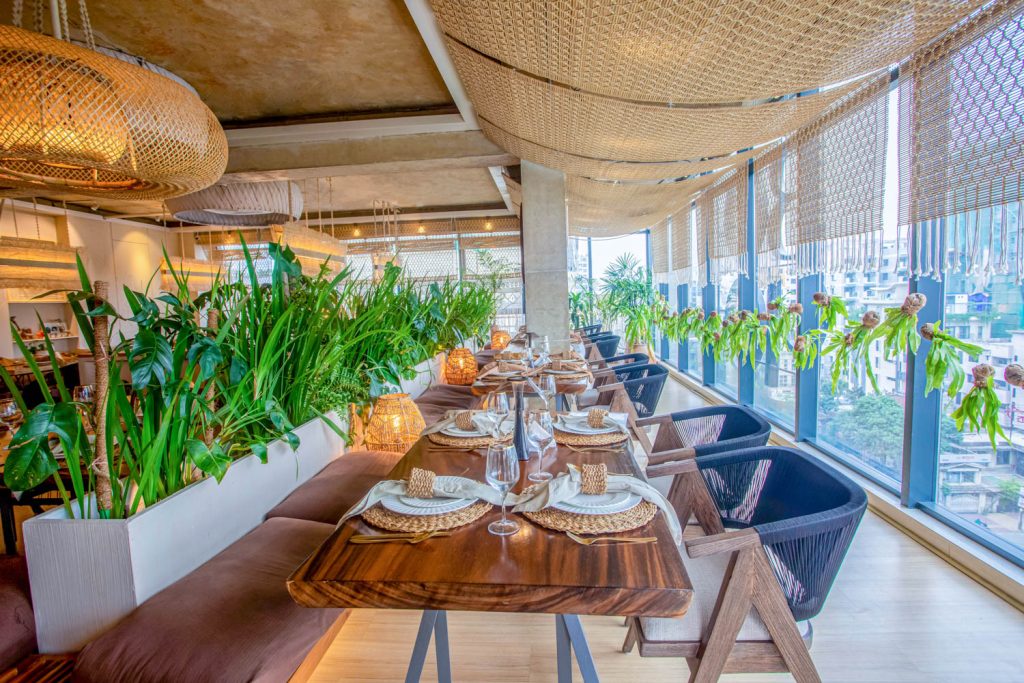
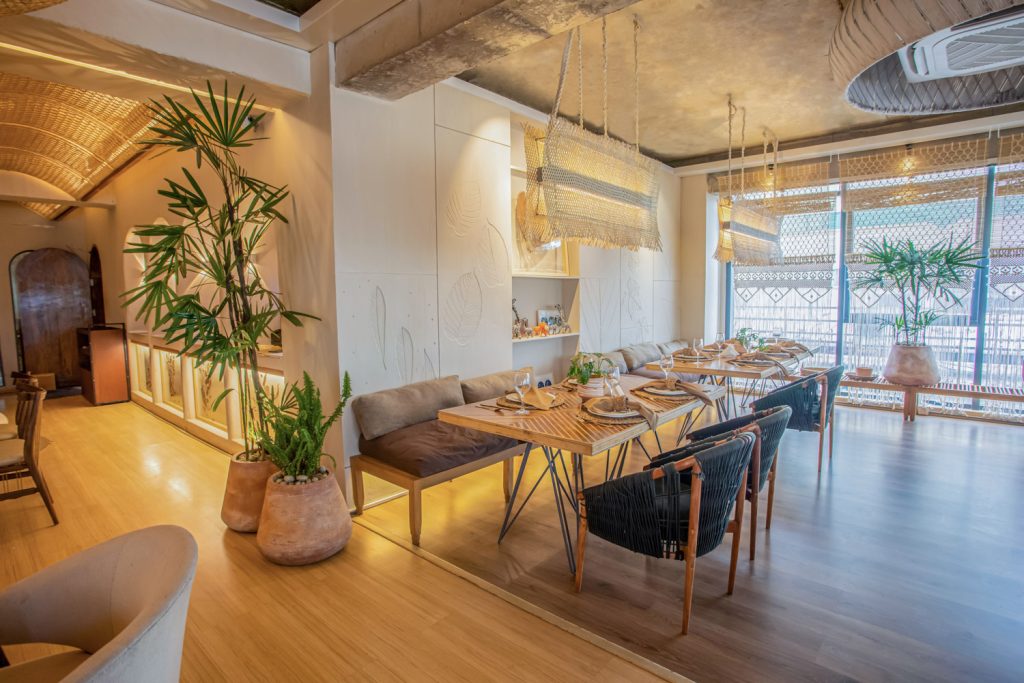
BOHO’s architects and designers, including Md Rabiul Islam, Nehleen Ahmed Chowdhury, and Utsha Zaman, have carefully designed a space that stands out from the crowd. They’ve chosen a calming color scheme of natural tones like beige and earthy browns, along with materials like wood and bamboo. These choices create a warm and welcoming atmosphere, perfect for relaxing and enjoying a meal.

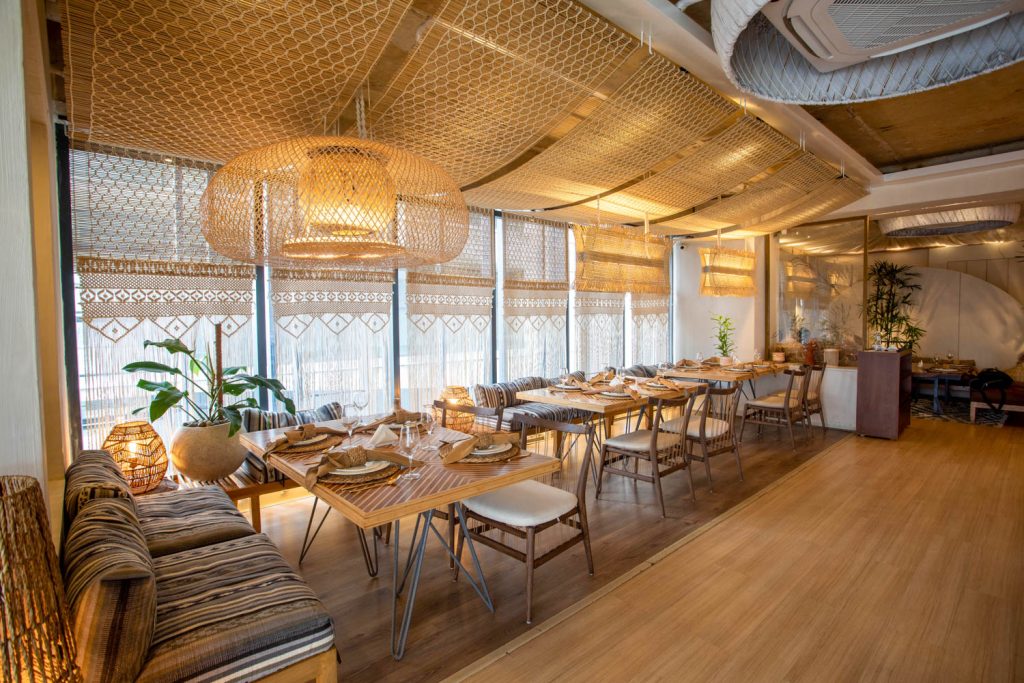
What makes BOHO special is its dedication to local artistry. Instead of buying furniture off the shelf, the team commissioned handmade pieces specifically for the restaurant. This includes unique bamboo chandeliers and carefully woven macrame drapes that decorate the windows. These handmade touches not only add to the restaurant’s charm but also support local artisans and showcase their skills.
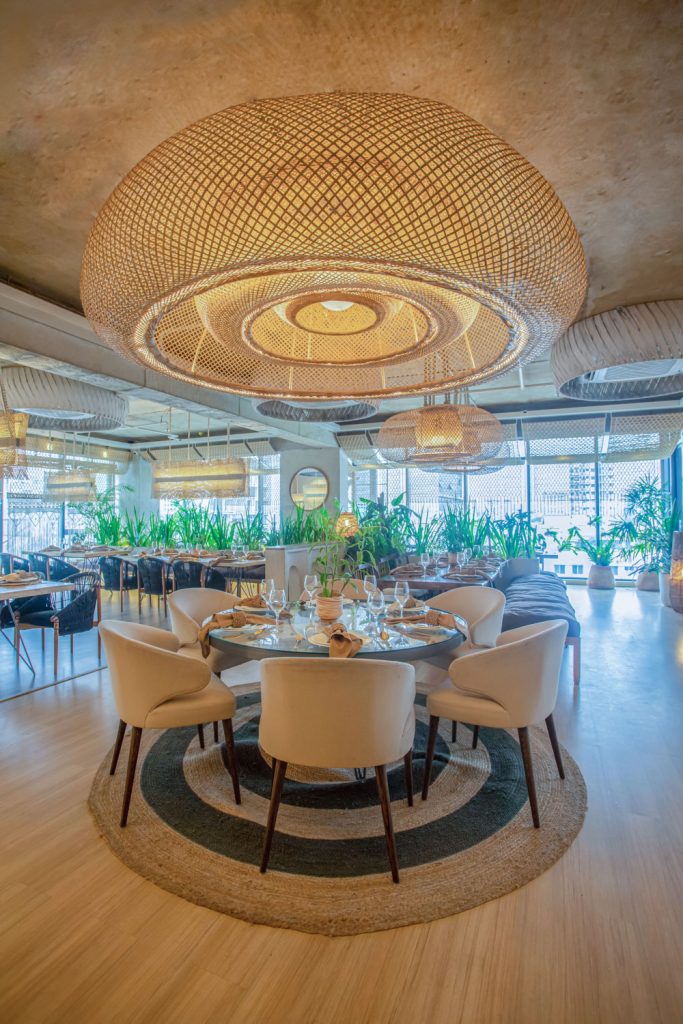
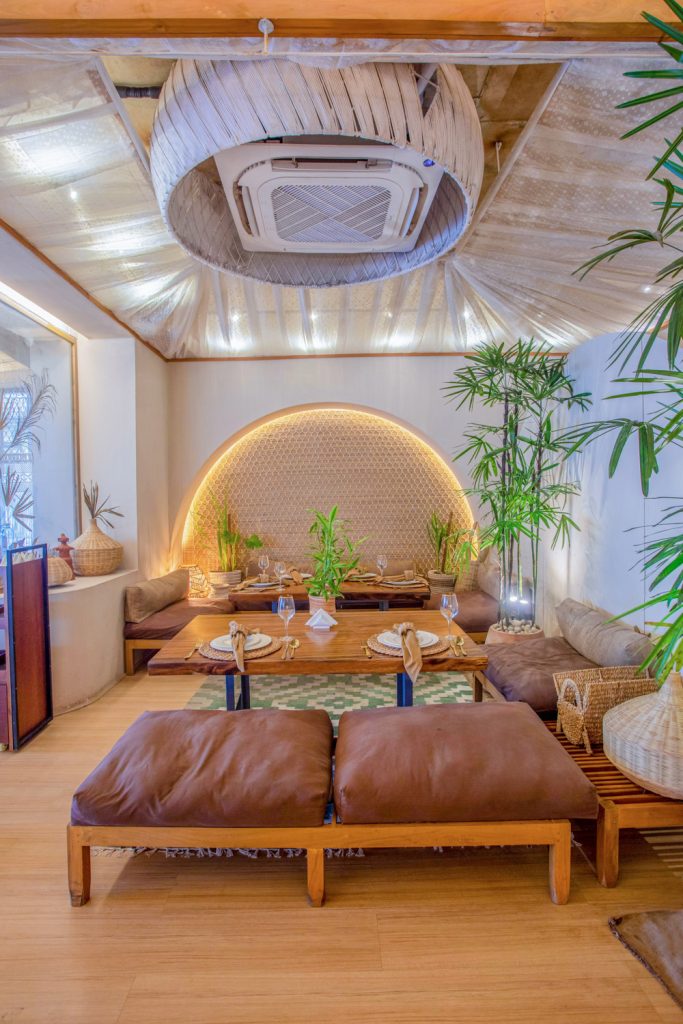
Walking into BOHO, it’s noticeable how every detail has been carefully considered. The plain concrete walls, for example, aren’t left bare; they’re decorated with delicate botanical reliefs that add texture and visual interest. The glass facades, which could easily let in harsh sunlight, are softened with the use of those lovely woven curtains, creating a gentle, diffused light inside.
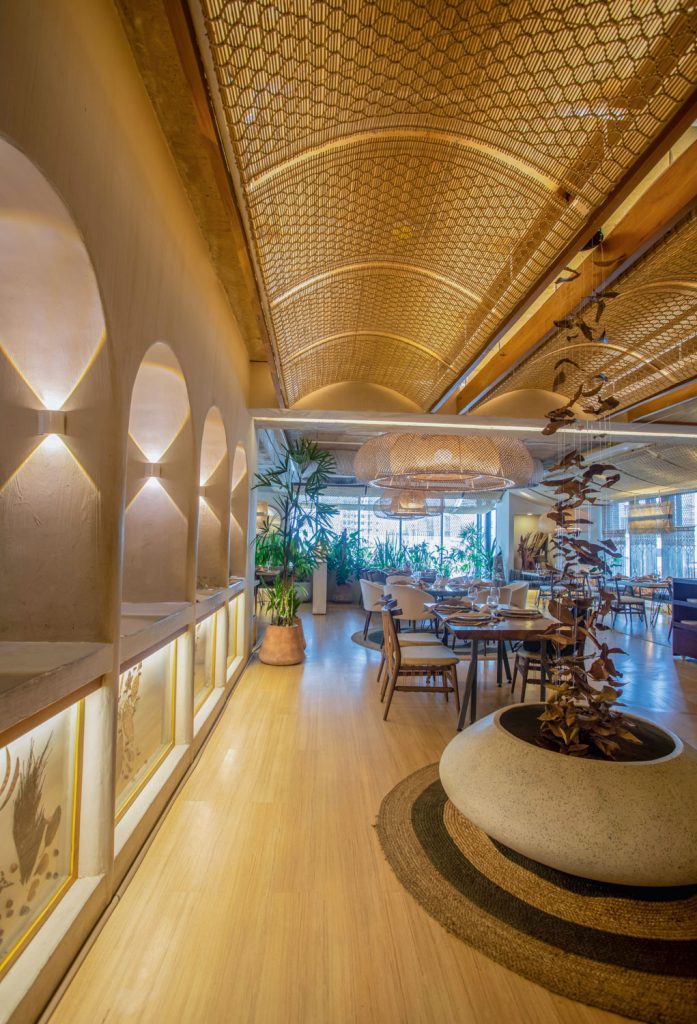
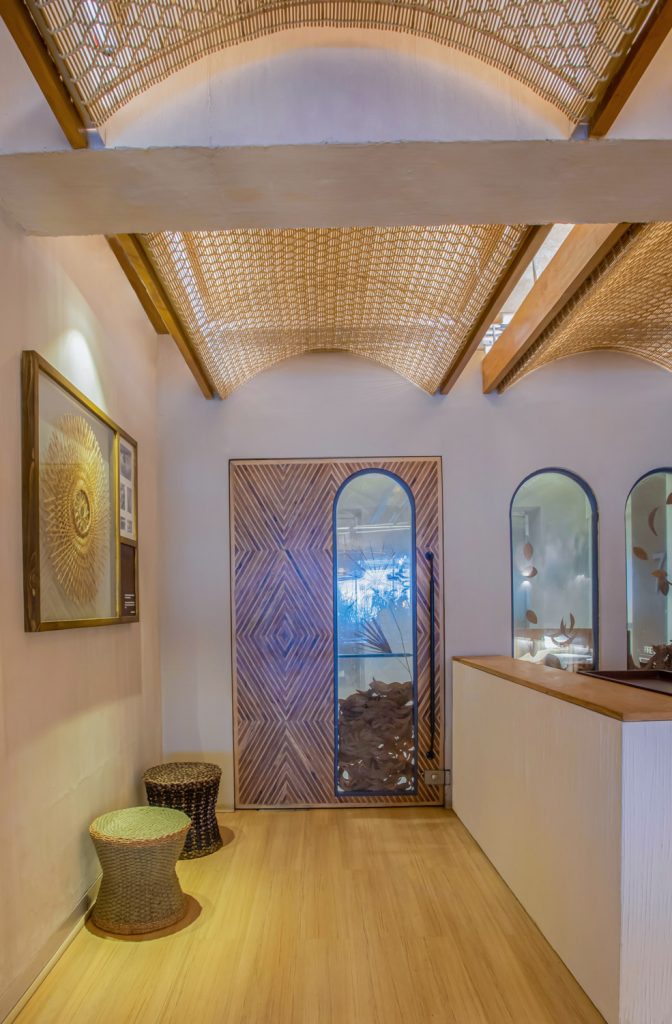
BOHO greets visitors with a vaulted ceiling featuring bamboo chicks and natural leaves, complemented by custom Shotronji cushions that reflect traditional craftsmanship. Indoor greenery enhances the natural ambiance, creating a fresh, inviting atmosphere. A suspended dry leaf installation further connects the space to nature.
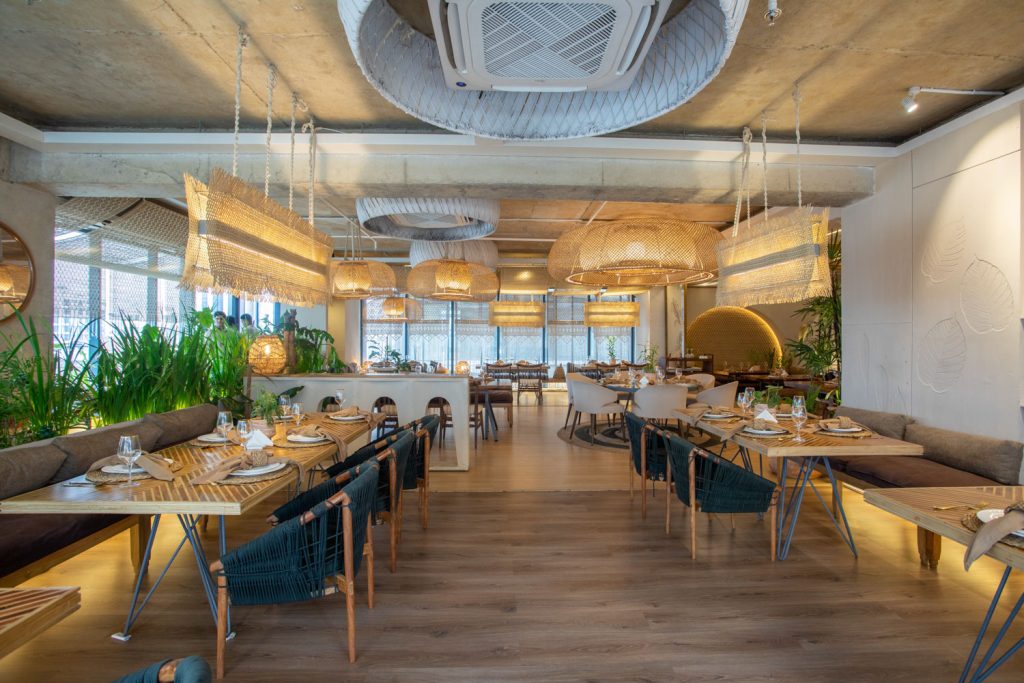
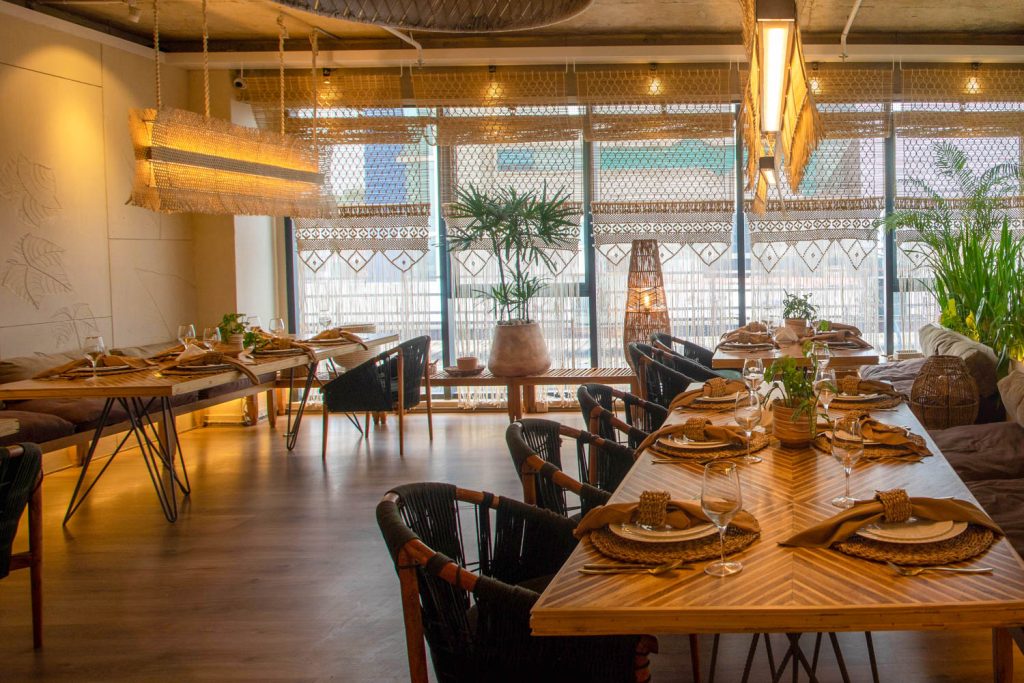
Unique handmade features abound, including striking bamboo chandeliers suspended like art installations, casting a warm glow over the space. Each detail, from the wood-crafted tables to the 10-foot bamboo light fixtures, reflects the restaurant’s dedication to blending modern design with traditional materials and techniques. BOHO’s location is a place surrounded by a group of retail shops and other eateries, adding to its appeal. It’s strategically placed to attract locals looking for a unique dining experience.
. In a city as busy and diverse as Dhaka, BOHO stands out by offering not just food, but a cultural experience that celebrates local culture and the city’s bohemian spirit.
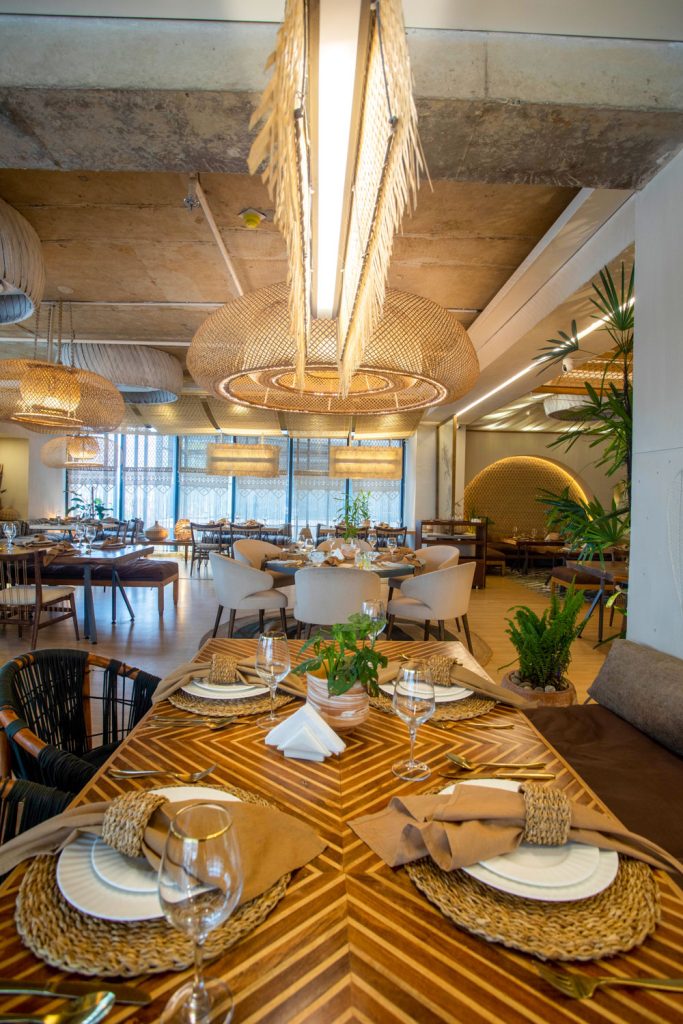

The restaurant’s name, BOHO, reflects its ethos. It’s short for “bohemian,” a term that describes a free-spirited and unconventional lifestyle. This spirit is reflected in the restaurant’s design, which aims to capture the essence of Dhaka’s eclectic and diverse culture.
BOHO’s journey from concept to reality took five months, with a dedicated team working on every detail. The project began with a month and a half of design work, followed by three and a half months of construction.
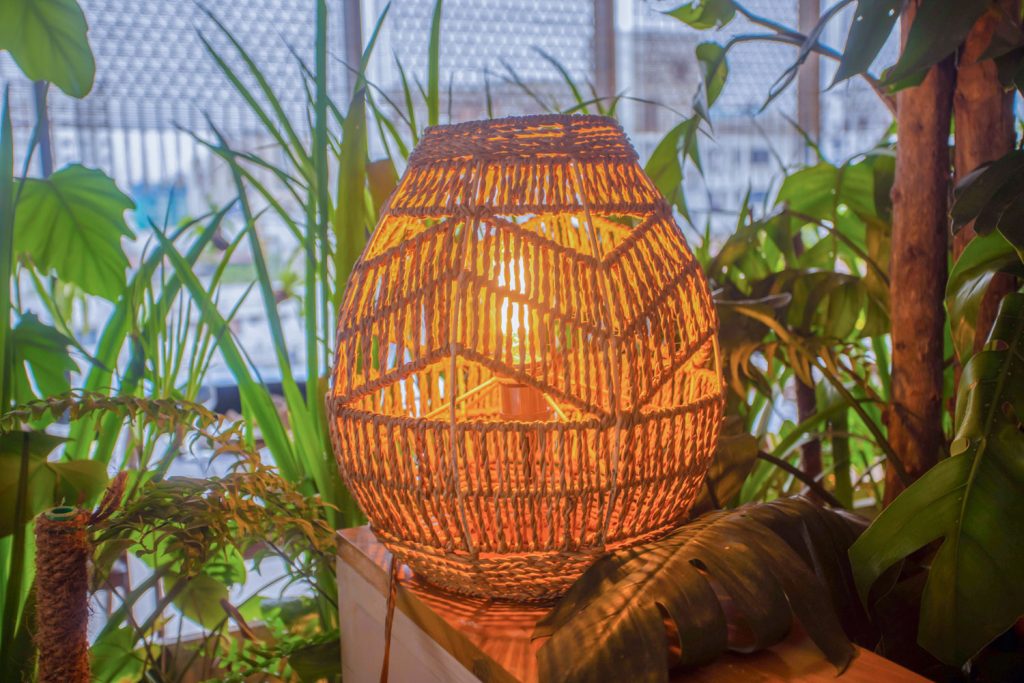
One of the challenges the team faced was creating a space that was both intimate and inviting, yet spacious enough to accommodate a steady flow of diners. The solution was a layout that includes cozy dining areas surrounded by dense greenery, creating a sense of privacy without feeling cramped.
Another challenge was finding the right balance between modern design and traditional art. BOHO’s architects wanted to create a space that felt contemporary yet connected to Dhaka’s rich cultural heritage. This led to the decision to use natural materials and traditional techniques, such as hand-woven textiles and bamboo crafts.

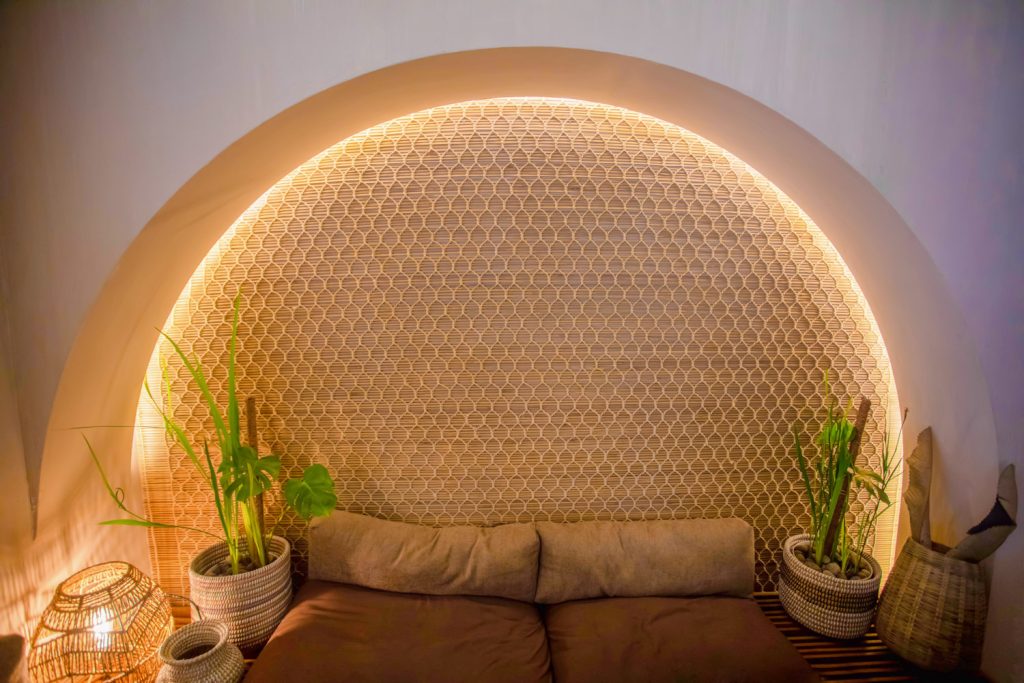
As BOHO prepares to open its doors to the public, anticipation is high. The restaurant promises to add a dining experience that transports guests away from the great fuss of Dhaka. So, BOHO celebrates Dhaka’s talented artisans. It’s where food becomes art, design embraces culture, and every detail has a story to tell.

